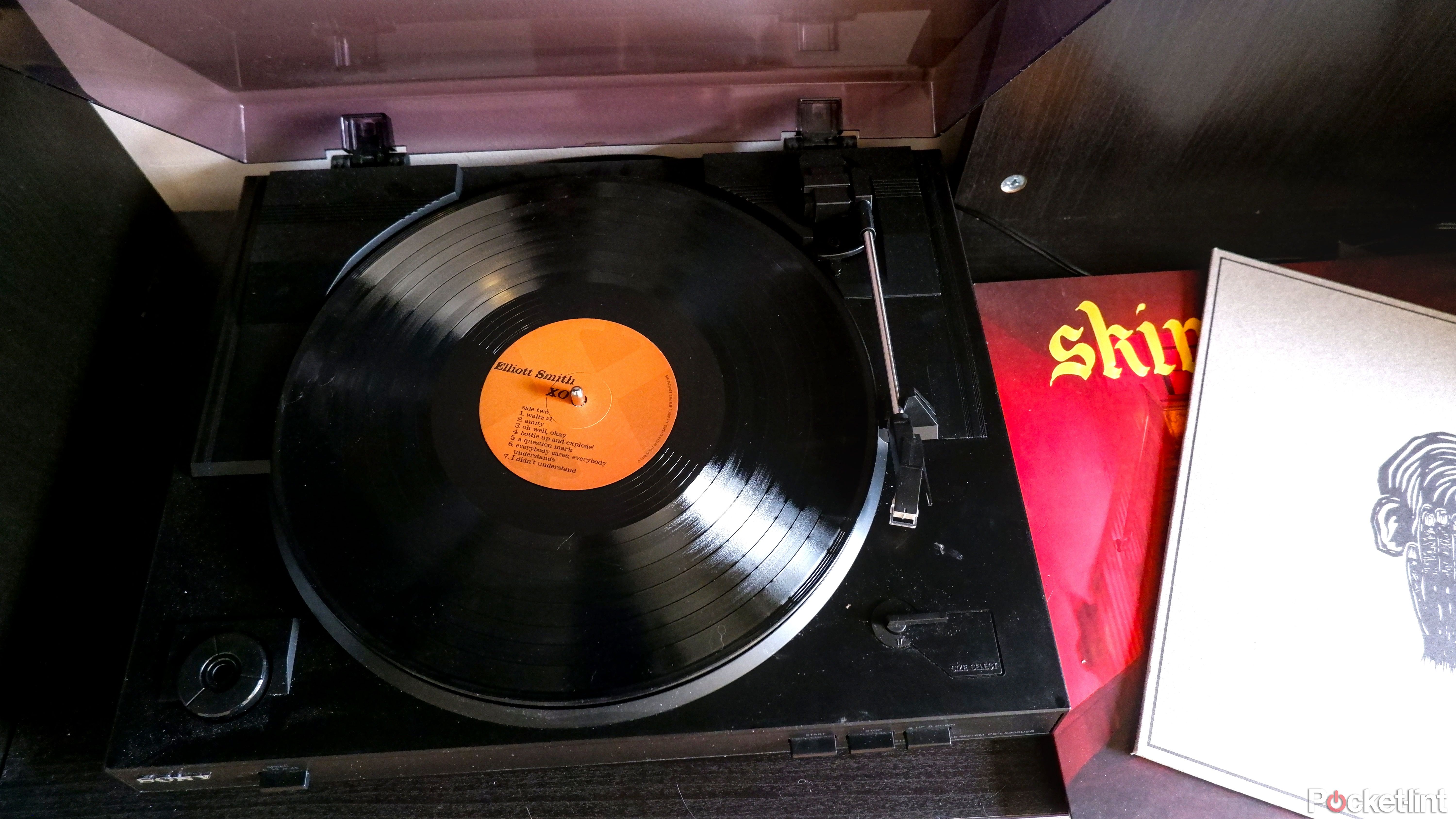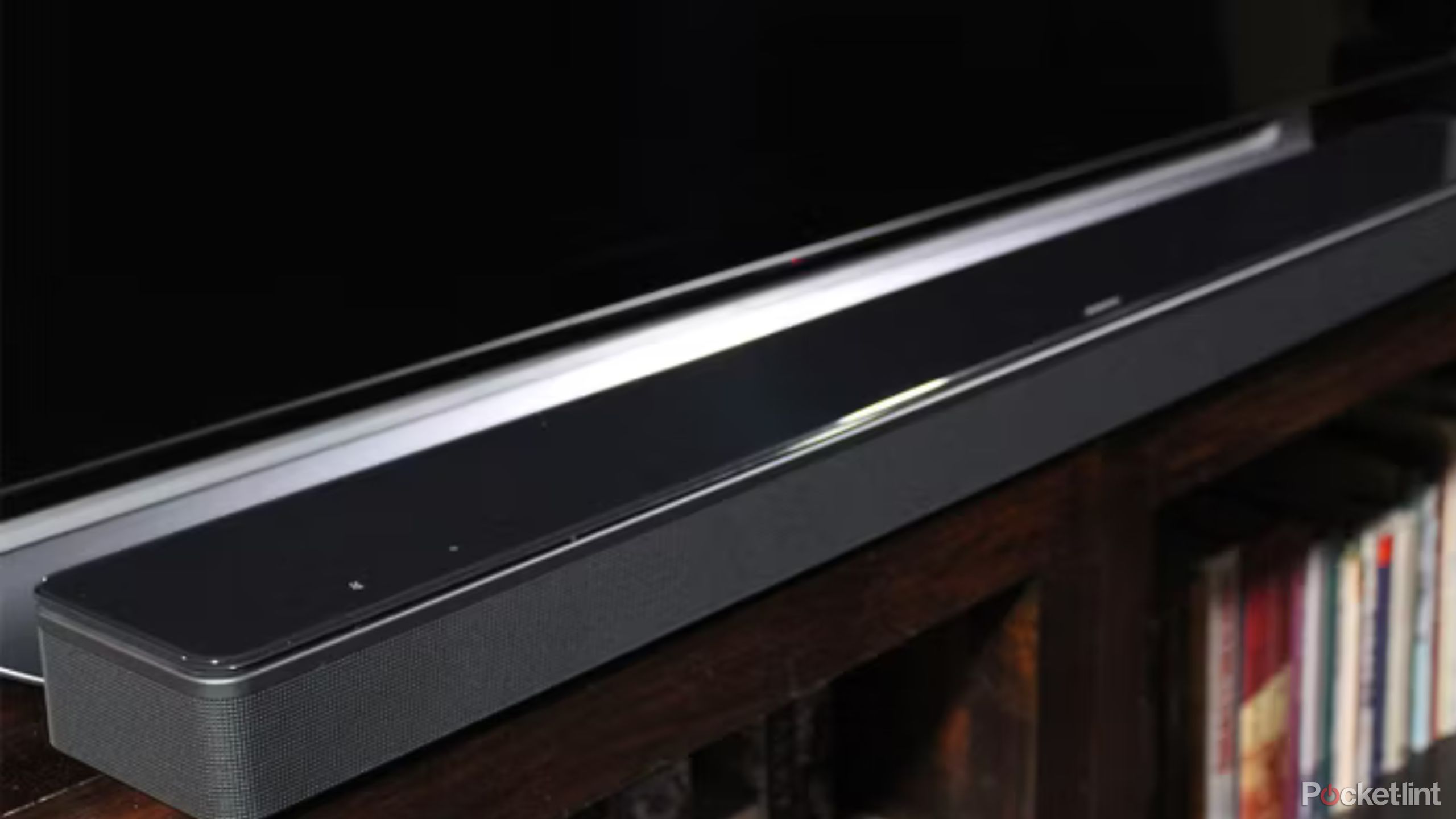Main points
- Lossless audio retains the original recording quality and enhances the listening experience.
- There is less compression in lossless audio, allowing for greater dynamic range and subtle details in music.
- Investing in quality equipment like studio headphones can enhance the benefits of lossless audio.
As a music lover and audio enthusiast, I’m glad that lossless audio is becoming more popular and optional on streaming platforms, making it not only suitable for sound junkies like me. With available streaming options as well as physical media like CDs and vinyl records, there are many possibilities for listening to music in lossless formats.
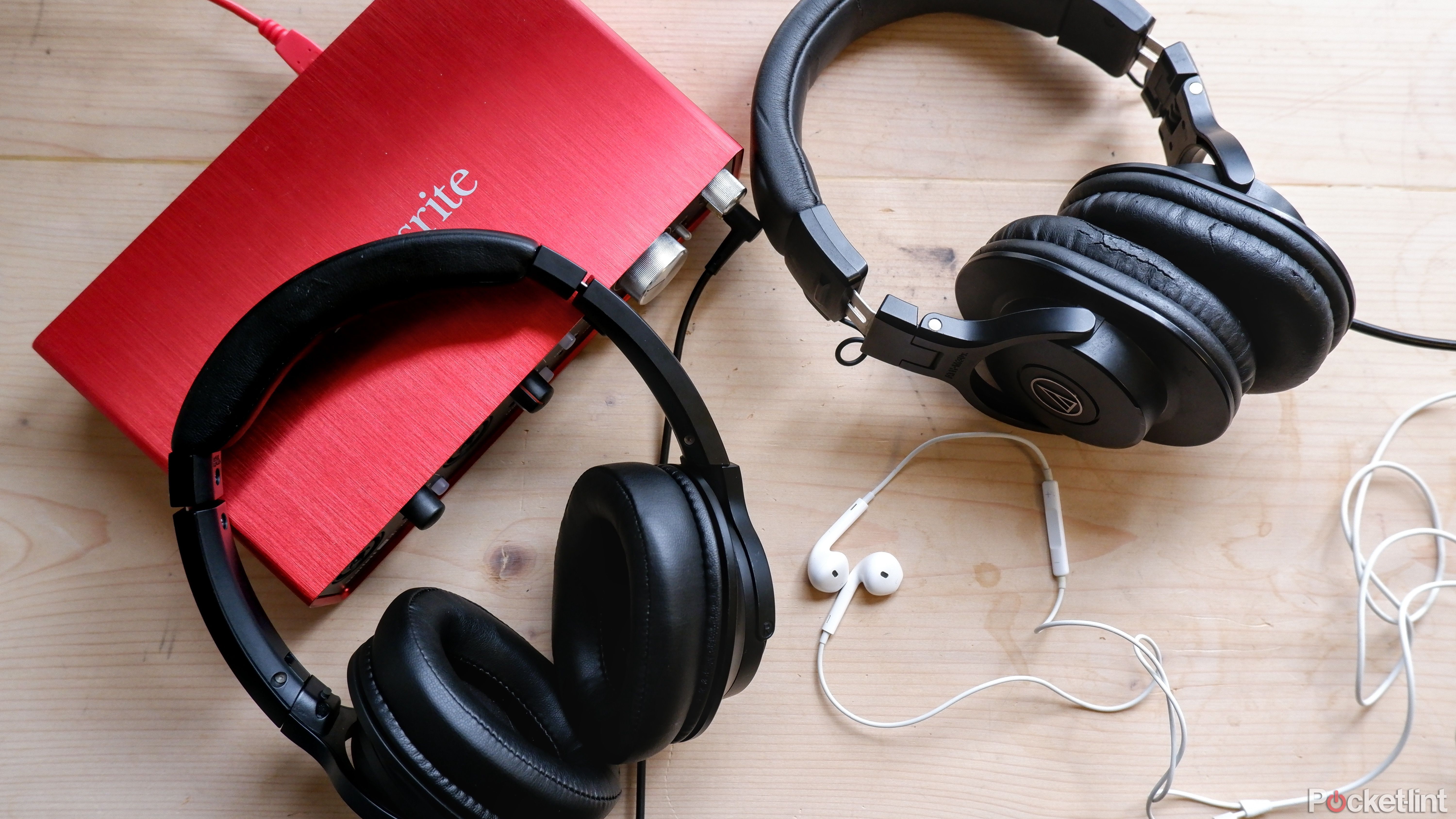
What is lossless audio?A way to bring CD quality into the streaming age
Lossless audio is making a comeback with the integration of wired headphones and their streaming platforms. Here’s how it can improve your hearing.
As more and more people make the switch to lossless with wired headphones, I took some time to highlight audiophiles’ favorite advantages of lossless audio so that a wide range of listeners can take advantage. Read on to learn more.
1 Lossless audio keeps the original recording intact
Less compression makes for more rewarding listening
With less compression, lossless audio allows users to hear the more subtle parts that musicians and producers want to hear when mastering. Hearing music in its original intended form—or at least closer to it—makes me feel closer to the music, both technically and emotionally, which is incredibly valuable.
If you have a well-trained ear and play an MP3 file and a FLAC file of the same song side by side, you’ll likely hear some differences between the two.
With less compression, I can hear more of the track and the musician’s and producer’s intentions for how it was mastered.
When you listen to lower bitrate, lossy, compressed audio files such as MP3s, there is a certain noise threshold below which you will not be able to hear the sounds in the recording. This baseline level of noise is called the noise floor. When you listen to lossless, higher bitrate audio files like FLAC, the noise floor is lower, allowing for greater dynamic range.
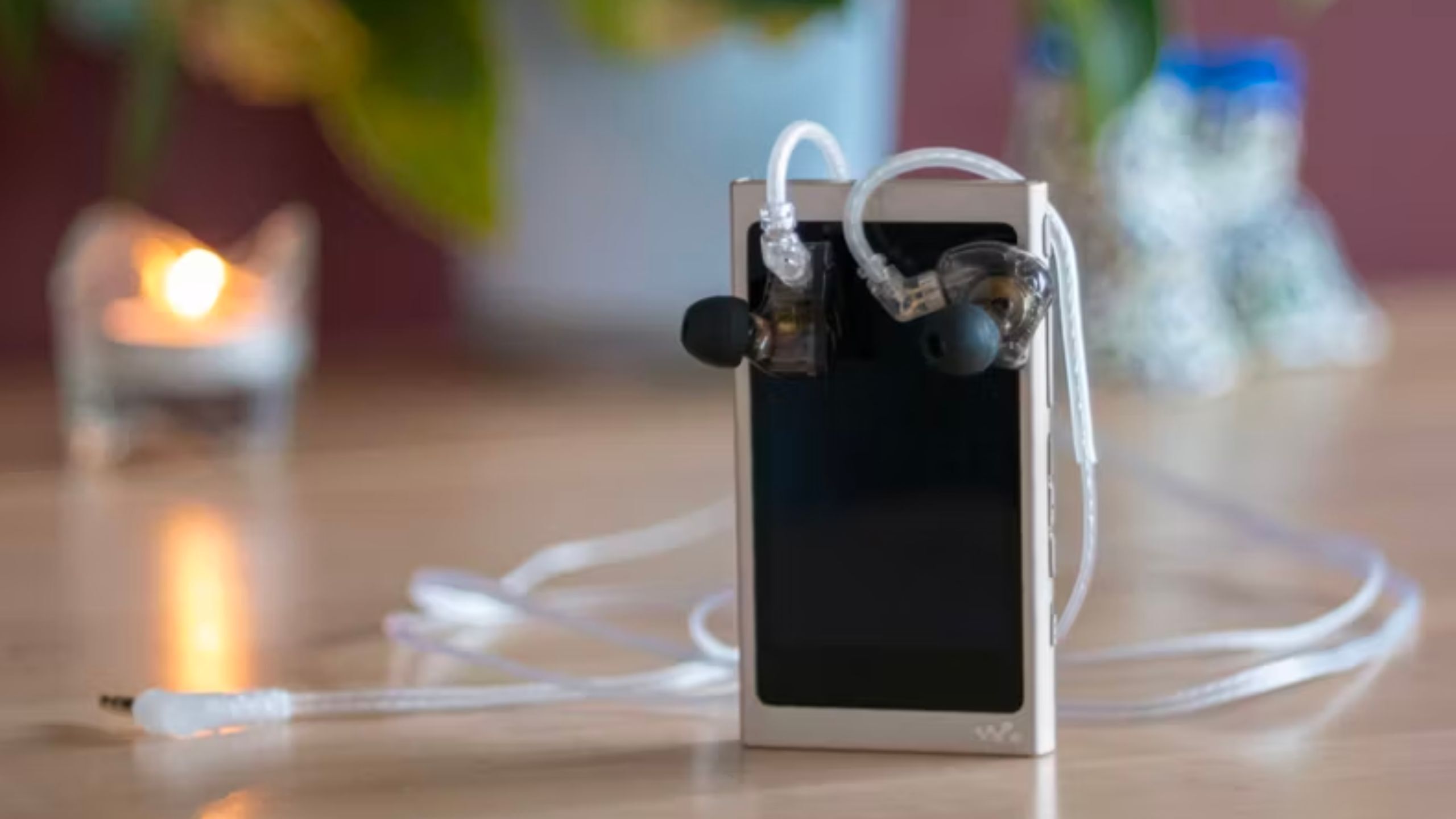
I bought an MP3 player in 2024 and I actually listened to music for the first time in years
Sony’s 2017 MP3 player is designed for purposeful listening, and even though I’m a budding audiophile, I think it’s a game-changer.
Dynamic range refers to the potential difference between the loudest and quietest sounds in a recording. When compressing an audio file using a lossy codec, you lose some range, so the loudest and quietest sounds in a track sound closer than intended in the original recording, or you may not hear some quiet sounds at all .
2 Speakers or studio headphones have a greater impact
Get the most out of your audio setup
If you spend your money on the right equipment, you should do everything you can to get the most out of it. It’s understandable to listen to MP3s every day, but if you want to really enjoy the money you spent on your device, I recommend listening to lossless audio.
For example, I have a pair of studio headphones, the Audio-Technica ATH-M30x. These headphones have a flatter frequency response than consumer headphones, making them ideal for audio production and listening to music the way it was intended to be recorded. Why would I pay for headphones like this if I just want to listen to lossy audio files? If you have a great set of speakers at home, why not put them to good use by listening to CDs and vinyl records, as well as the usual audio streamed from your phone or computer? It makes sense to make the most of what you have and know what you can do with it. Alternatively, if you subscribe to Tidal or Apple Music and have a device to listen to, you can also use the lossless audio option. Otherwise, what are you paying for?
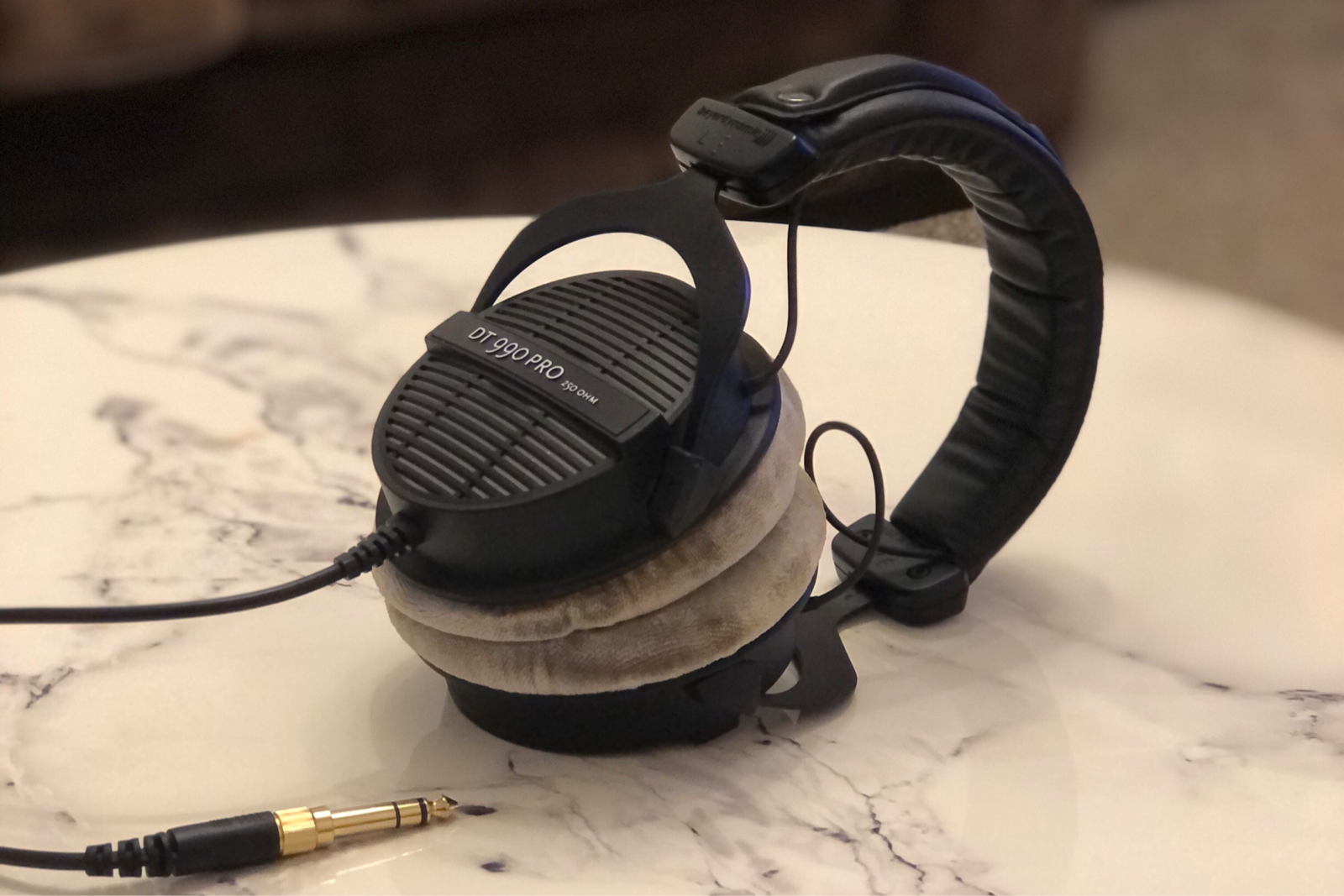
Best Studio Headphones: Top Headphone Options for Mixing, Producing, and Mastering
From Sennheiser to Beyerdynamic, the best studio headphones will help you create incredible music.
3 Lossless audio helps with close listening
Train your ears to hear the difference
Maybe you have both MP3 and FLAC, and No Hearing a difference or not listening and questioning whether there really is a difference. With some practice of careful listening, you can get to the point where you can hear the difference. It takes time to develop a skilled ear, and you have to know what to look for, but once it’s obvious, you’ll be very proud of yourself, like I do every time I find something sounds less noisy in FLAC than it is in FLAC. MP3 version.
Listening to lossless audio regularly can help you notice subtleties in your tracks that you might not notice otherwise. Maybe you realize that an instrument in a certain part of the song you’re listening to is actually supposed to be very quiet, but due to lossy compression, it sounds more similar to other instruments in the song. Perhaps you’ll notice that the song feels more “clear” and has a lower noise floor. The possibilities are endless, and once you start noticing these things, you’ll feel like you better understand the intricacies of the music you’re listening to. The ultimate goal is to feel like the instrument is playing in the same room as you, and learning to hear these differences through quality equipment and music can get you closer to that feeling.
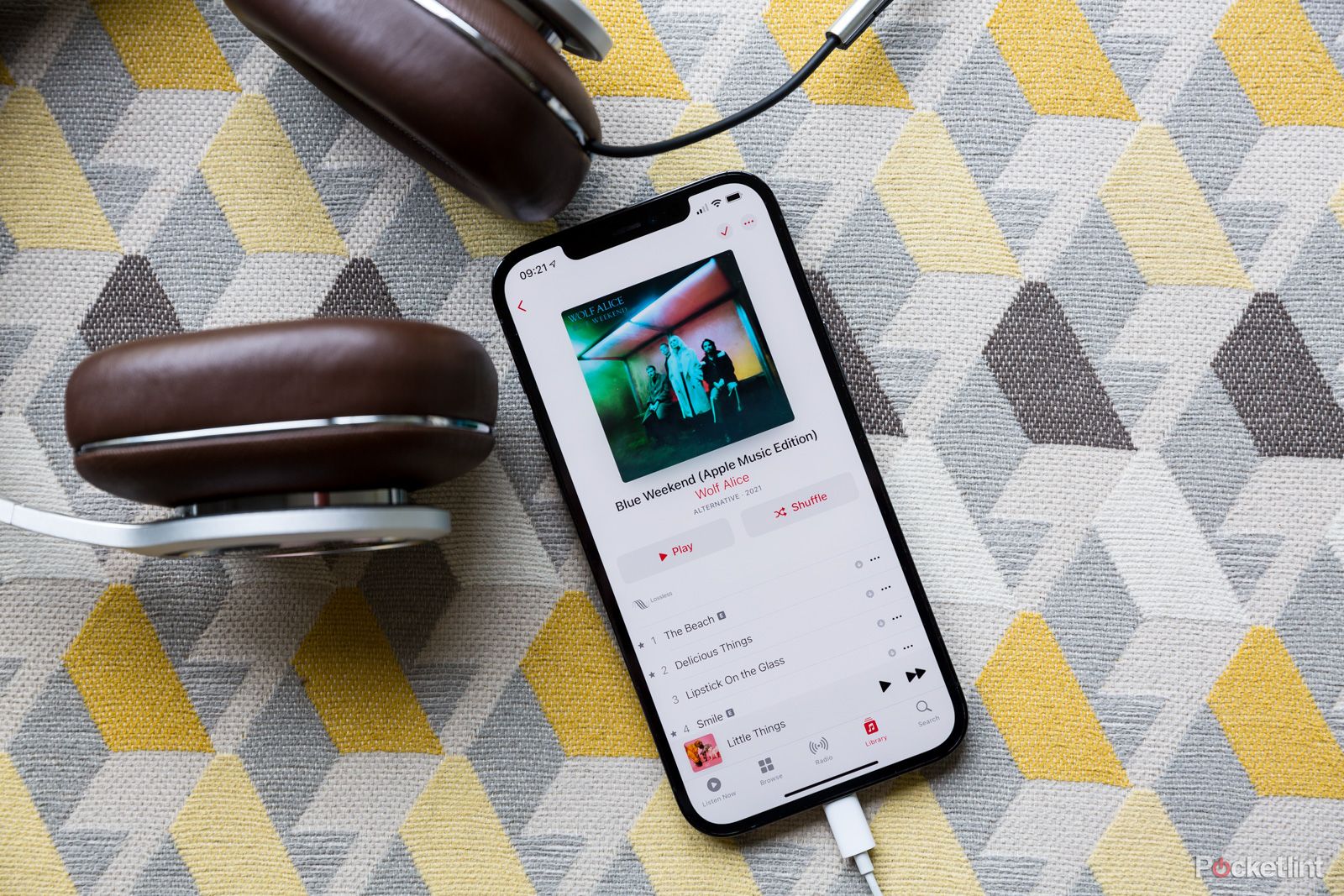
How to turn on Apple Music lossless audio and make it work
Lossless audio provides better sound quality in Apple Music. Here’s how to make it work.
The ultimate goal is to feel like the instrument is playing in the same room as you, and learning to hear these differences through quality equipment and music can get you closer to that feeling.
I personally have a hard time telling the difference between high-bitrate lossless audio and low-bitrate lossy audio until I listen closely to a well-produced album, such as Rage Against The Machine’s self-titled album. Listening to the CD version of this album side by side with the same album on Spotify using studio headphones helped me grasp the concept of dynamic range better than just reading about it on Wikipedia.
If you want to understand compression better, I highly recommend listening side by side as everything will start to make more sense.
